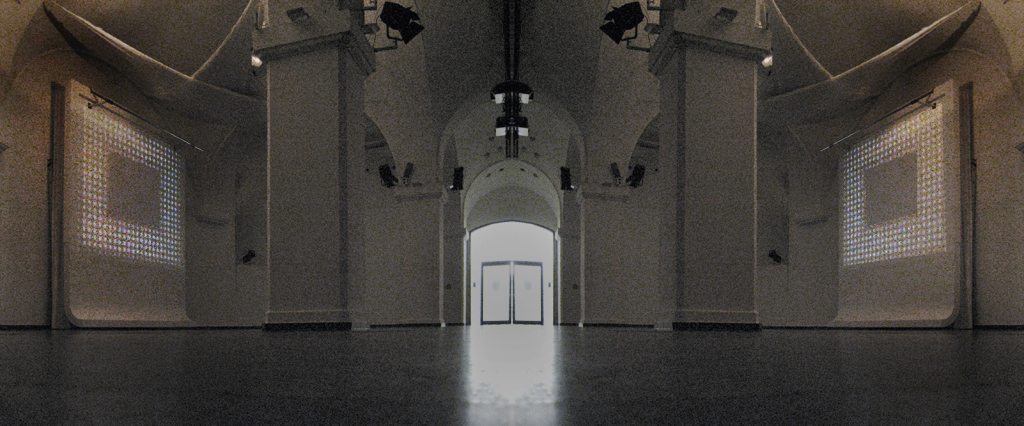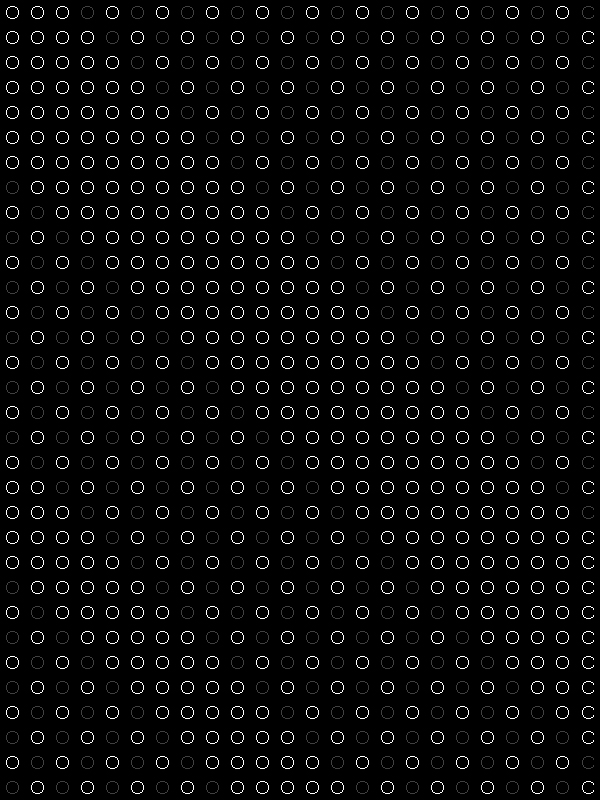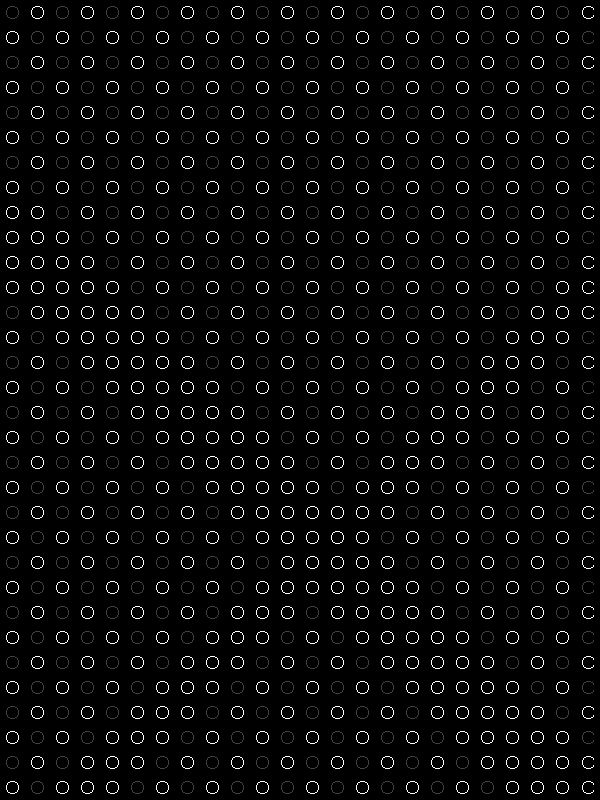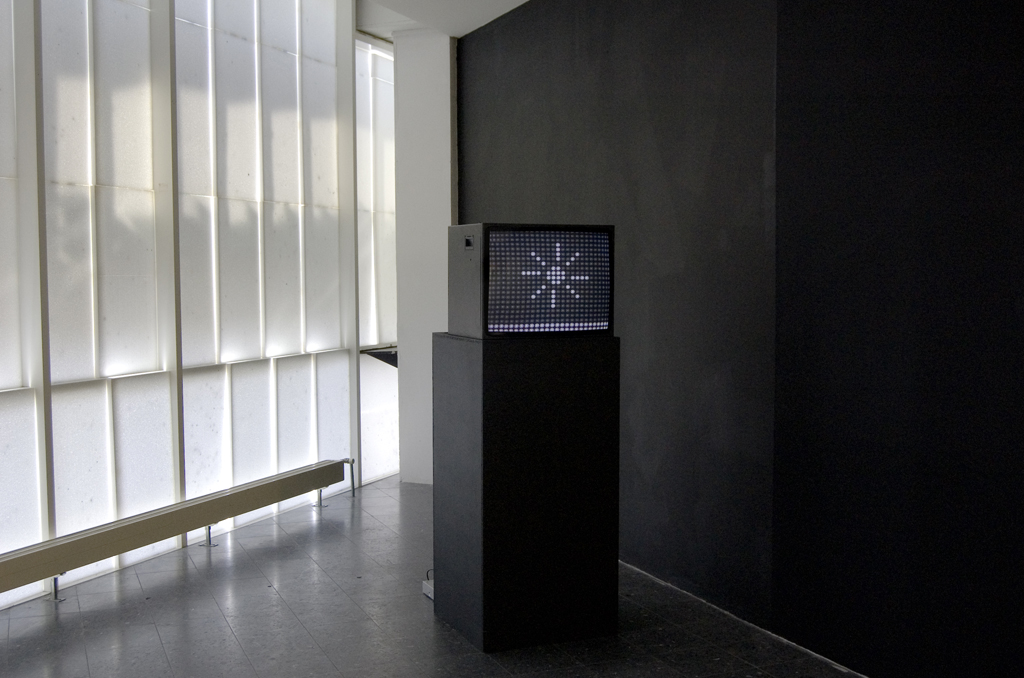Vegas
Edition Medienturm 14
2006, PAL 4:3, 11 min, (interactive) animation: 800x600 px, sound design: Martin Siewert

© Installation view: Vegas, Electric Avenue, Ovalhalle, Museumsquartier Wien, 2006
=werk=37=f27


© Video stills
fake or feint
Berlin Carré, Karl-Liebknecht-Str. 13, Berlin (D)
04.04. – 02.05.2009
www.fakeorfeint.org
Scenario 4 with: Amy Granat, Annja Krautgasser, Katrin Mayer

© Exhibition view: fake or feint, Berlin Carré, 2009
Annja Krautgassers ten-piece series Vegas (sound: Martin Siewert; commissioned by: Kunstverein Medienturm, Graz) deals with the illusionist architecture of the metropolis of amusement. Las Vegas is the outstanding example for a cityscape where architectonic form stands back behind a sign covered structure of facades and surfaces. Illuminated advertising pointing to the omnipresent entertainment opportunities (casinos, shows, restaurants etc.) not only offers orientation for consumer decisions. It is also part of a spectacle of signs which visually stages the aspect of distraction already at the level of urban space and draws its overwhelming effect exactly from the spectator's overstimulation. Annja Krautgasser takes this luminous advertising out of its context and confers it upon an abstract analytical layout. A matrix of light dots, evoking pixels or light bulbs, serves as tool to investigate animated arrows, pulsating patterns, pictograms, chains of letters and motion sequences in individual studies. By these means the artist explores patterns of the attraction of attention and the transmission of information, as well as the interlocking of technically produced illusion and visual perception...
(Martin Beck)
[VIDEO]: Vegas
DeutschEnglish
Exhibitions: =werk=37=f15
Edition:
Edition Medienturm 14, Kunstverein Medienturm, Graz